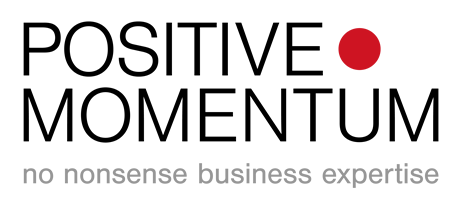Businesses pour blood, sweat and tears into developing a product. They spend countless hours working on bringing in new customers and cutting internal costs. Yet, many companies continue to neglect the most effective means of efficiently boosting profits – pricing.
I will admit that, in the past, I have been guilty of this. In hindsight it was the one hack I needed to get right. It was the difference between surviving and thriving. After spending months developing a product, I failed to take the time to understand what my product was truly worth to my customers and how that value evolved over time. And, I am certainly not alone in this. In fact, research carried out by Bain suggests 50% of companies leave money on the table because they don’t charge customers the right price.
So how can businesses go about improving their pricing strategy?
You need a reason
Cost-plus is what people automatically think of when they think of ‘pricing strategy’: add up all the costs of providing a service, then add a 10-20% margin on top for profit.
However, while this method of calculating costs might prove simple, it does not consider the value of the product to the customer, leaving potential profits untapped (particularly in Software-as-a-Service (SaaS) businesses where the unit costs of delivering one account can be very low).
Taking the example of Microsoft 365, the customer will not care about how much the product costs Microsoft to make. Rather, they will care about what they can ‘gain’ from using the product. What differentiating features does Microsoft 365 have which competitors do not have?
While there is no universal formula for calculating value to customers, to price effectively, companies need to collect data on:
a) What different customer segments value in their product?
b) How much these different customer segments would be willing to pay?
Research methods like conjoint analysis or qualitative customer interviewing can help companies place an accurate figure on their product’s perceived value.
Localise your pricing
It may sound obvious, but if your target customer-base is international (as is the case for most SaaS companies), then you need to localise your pricing.
Even the smallest, cosmetic changes, such as using the local currency or language, can help to significantly boost a company’s appeal to a foreign audience. Email optimisation company, Litmus, for example, saw a 5x increase in conversion just by changing their pricing from euros to dollars (after realising the majority of their customers were in the US).
In addition, by taking advantage of the different levels of market saturation and price sensitivity in different markets, businesses can truly maximise the power of localisation – ensuring their price neither alienates the customer, nor under-values the good.
Build clear pricing processes and structures
Too often organisations fail to develop clear organisational structures around making pricing decisions. They try to get by with an ad-hoc committee approach or they leave the responsibility with the sales teams – an approach that results in insufficient focus around pricing and a lack of clear accountability over the decision-making process.
Successful companies, in contrast, deliberately build very clear pricing infrastructures. They separate the pricing group from the sales department to ensure a healthy tension exists between price negotiators (who will want to make a sale) and price managers (who will want to sell but only at the right price). They provide clarity around what is expected from a ‘pricing’ manager: the executive in charge should be responsible for coordinating the rollout of pricing methods, counselling sales managers on the use of formal pricing methods, controlling the impact of pricing metrics and strategies, and embedding pricing methods and tools in the company’s culture. Finally, they will ensure there are meaningful awards and incentives on offer for those who make pricing decisions – incentives that motivate staff to stretch for small pricing improvements.








